You may have read about my articles on the two variations of preparing burdock umeboshi stew—the nishime and kinpira style. Let’s revisit my previously published article on nishime for beauty and nourishment.
————————————
Playing with color, texture, and shape of vegetables can be a creative respite as autumn is ushering in winter.
Nishime, a Japanese-style waterless stew, is a nourishing all-in-one-pot dish for cold winter evenings.
Akin to the vegetarian dishes prepared by Chinese Buddhists, nishime was traditionally prepared with a medley of vegetables.
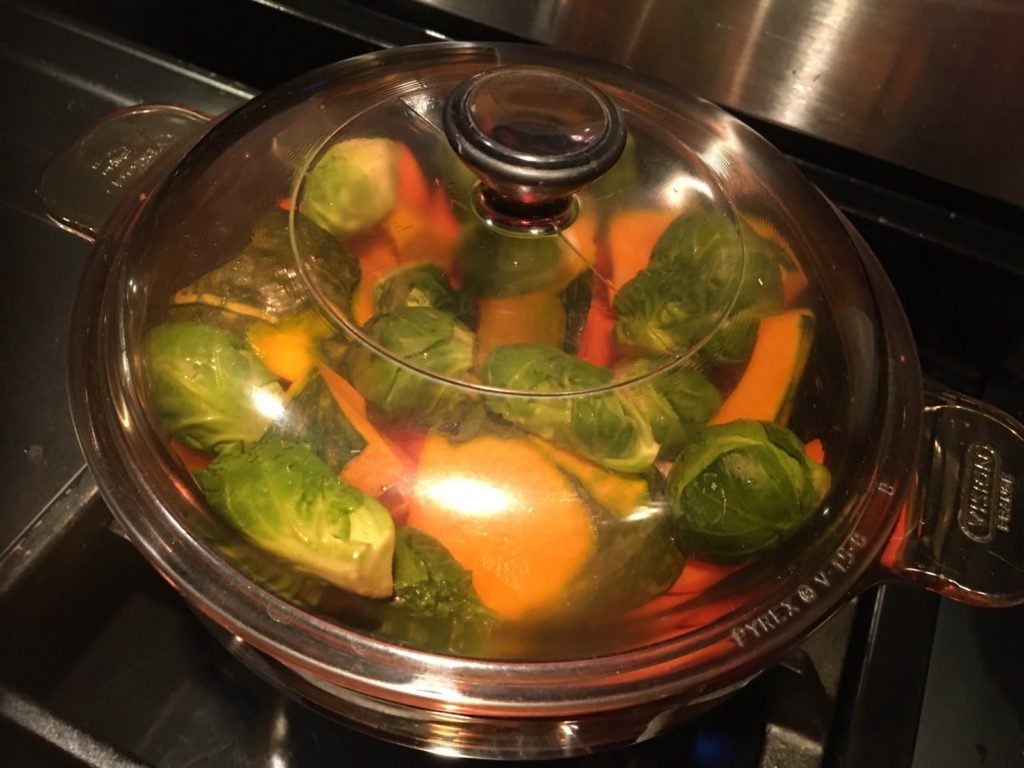
Basically, any kinds of root vegetables, such as white radish or daikon, beetroot, carrots, turnips, swedes, and sweet potatoes are great for nishime layering. Modern recipes, however, also add meat, poultry, or seafood.
If you fancy blending art with your culinary skills, this versatile dish offers you ample flexibility and opportunity.
Traditionally it was believed that to create harmony, nishime should be prepared with an odd number of layers.
You can become a foodie architect and build a three-, five-, or seven-tiered nishime dish.
An Eye for Color, Texture, & Shape
If you enjoy layering the colors and textures of your winter clothing, this versatile dish might just be for you.
Furthermore, if you have an eye for nishime for beauty and nourishment, consider exploring the art of preparing this traditional Asian dish.
I created this dish a couple of days ago so that I could take some photographs for this article. Vegetables prepared this way taste sweet, soft, and full of their natural flavors. Needless to say, my husband said it’s most delicious and he ate most of them.
The two secrets for a pleasing-looking and traditional dish are color and texture. Go for a splash of colors to beat the grey wintry days.
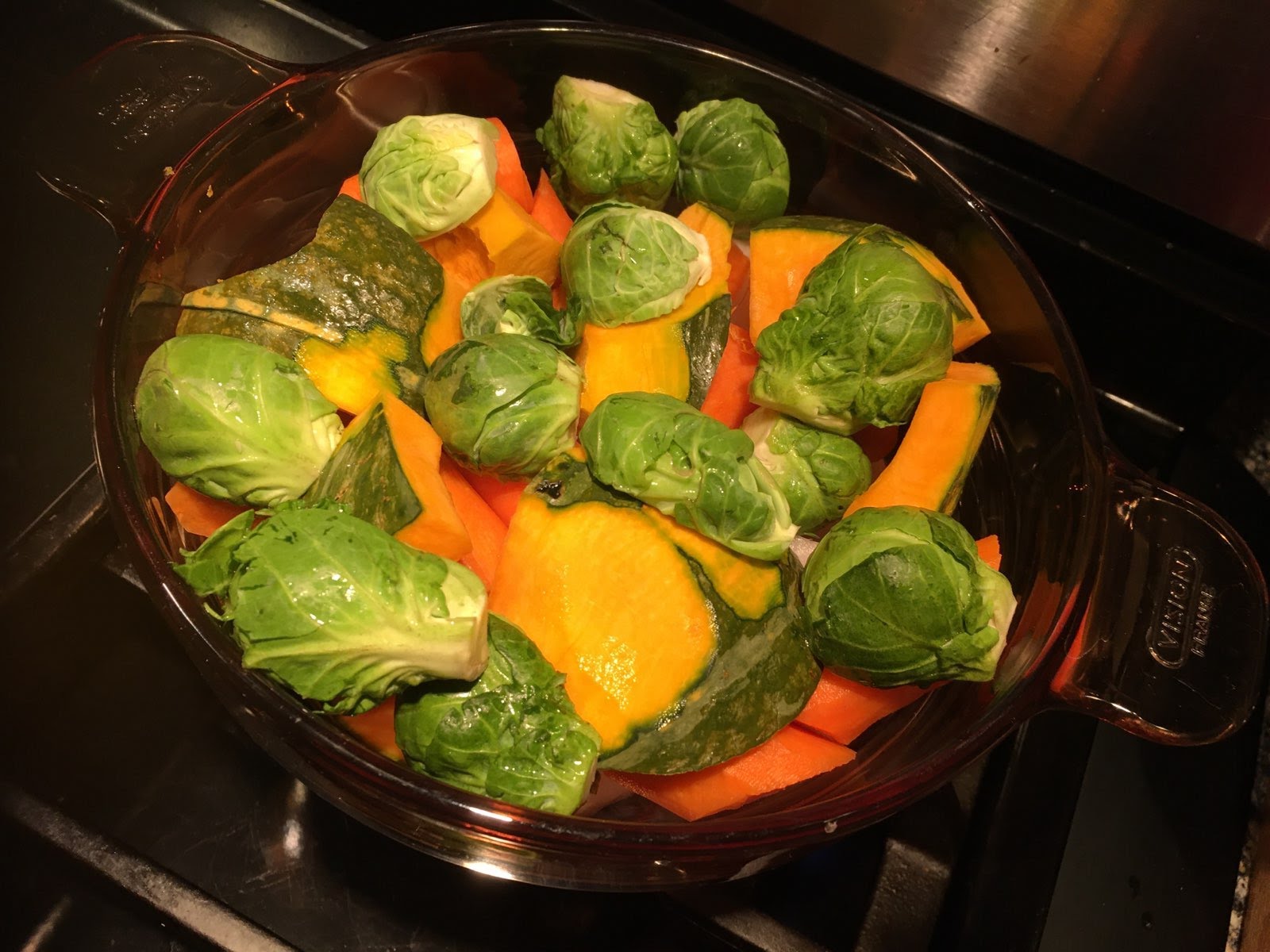
Combine crisp, snow-white daikon with deep-orange carrots, bright orange sweet potatoes, or soft, creamy squash with deep-green chopped cilantro or scallions. And a garnish of chopped lemon balm that you have so carefully dried for winter.
How about adding tempeh for a light-brown tone, or dried shitake mushrooms. The light and darker brown hues contrast with the chunks of kobocha pumpkin with its deep-green skin. And of course, beets for a glorious fuchsia layer.
Applying Ancient Wisdom to Nishime for Beauty & Nourishment
There is ancient science and wisdom involved in creating nishime. The layering is based on the yin or yang nature of the vegetables, which the ancient Chinese recognized as important for maintaining optimal health.
Ancient Chinese people believed that foods either had energizing (yang) or calming (yin) properties. Hence, they believed in planned meals that would help their bodies maintain a balance of yin and yang.
A simple rule of thumb for distinguishing whether a vegetable is yin or yang is the color.
White or lighter-colored vegetables tend to be more yin than yellow, orange, and dark-colored vegetables. For example, daikon, turnips, and rutabagas are more yin than carrots and orange-fleshed sweet potatoes.
Whereas dried vegetables are more yang than fresh ones. So, if you use dried, shredded daikon, it will add relatively more yang energy than fresh daikon.
Another rule to remember is that root vegetables are more yang than vegetables that grow above or away from the ground.
Hence, carrots, parsnips, and burdock root are more yang than pumpkins and cabbages that touch the earth. And pumpkins and cabbages are comparatively more yang than celery and other leafy greens that grow upward and away from the earth.
Rising and Sinking Energies
Nishime According to ancient Chinese principles, embraced by macrobiotics, yin is cooling, expanding, rising, and floating energy. Yang energy is warming, contracting, and descending, compared to yin energy.
For a balancing and healing effect, when building your nishime layers, place more yin vegetables like daikon at the bottom of the pot. Then stack the denser-energy vegetables, such as burdock root and carrots toward the top of the dish.
When arranged this way, the expanding yin energies will rise, while the contracting and denser yang energies will sink or move downward.
The outcome will be a creation and a blending of a lovely harmonious balance of yin and yang energies.
Choice of Vegetables
You can use a variety of vegetables for this dish.
Carrots, parsnips, daikon, lotus root, sweet potatoes, yams, and kabocha (Japanese squash) are good choices because of their taste and contrasting colors.
You can also use burdock root, yam, turnips, and yellow onion. Consider beet for a splash of vivid fuchsia.
You can also add cauliflower, snow peas, green or yellow summer squash, and celery for contrasting color, especially during warmer seasons.
Do not stir the layers of vegetable creation during and after cooking. Serve the food in the pot used for cooking the vegetables.
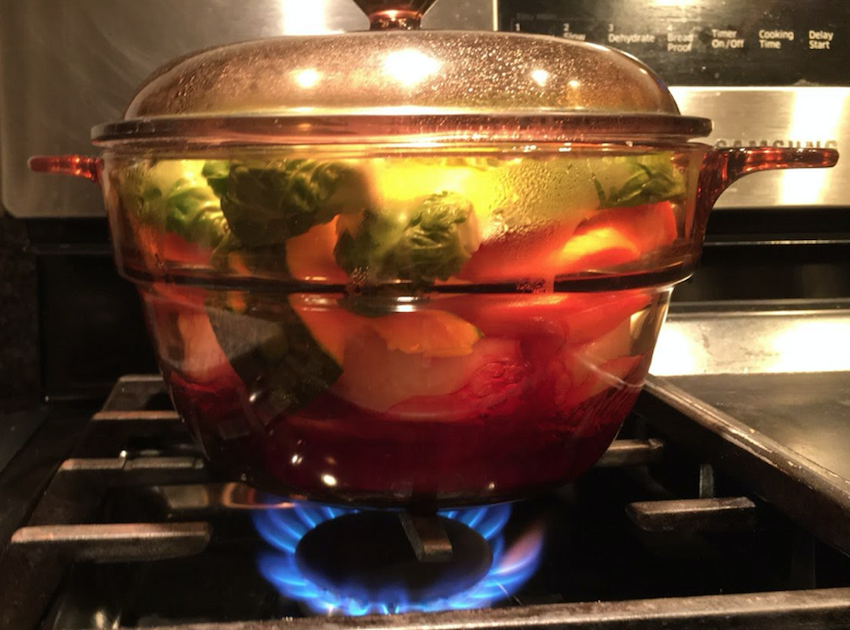
Choice of Cooking Pot
Choosing a suitable pot is a good part of the process. Make sure you invest in a few nice and suitable pots for nishime cooking.
You can use a glass, cast iron, or clay pot if you have one. But if you don’t have these, then just use any heavy pot with a tight-fitting lid.
Since, this dish is not to be stirred, it is served in the cooking pot. I like the glass pot because it allows me to see the texture, shapes, and layers of colors.
Using a glass pot enhances the impact of nishime for beauty and nourishment. Served this way, the visual effect—the interplay of layers of colors, texture, and shapes of vegetables—with the aroma arouse one’s palate. This in turn creates a greater appreciation for the meal.
Nishime for Beauty and Nourishment Recipe
The nishime dish has endless combination possibilities that will hopefully spark your cooking creativity.
To start though, you can make this ultra simple, three-tiered recipe.
Three-Tiered Nishime Recipe
3-inch strip of kombu seaweed
1 cup daikon sliced into 1-inch-thick half-moon shapes
2-3 medium carrots chopped diagonally into 1-inch pieces
1 cup kabocha squash (also known as Japanese pumpkin) cut into rectangular chunks around 1.5 inches long
Water
Sea salt
Chopped cilantro or scallions
Instructions
- Soak the kombu in a small amount of water in the cooking pot. When it is soft, cut it into three pieces.
- As the kombu soaks, chop vegetables into their respective shapes.
- First, place the kombu pieces in the pot. Add about less than half an inch of water. Do not add too much water because the vegetables will produce more liquid as they cook.
- Then, layer the vegetables in the pot, starting with the daikon, then the carrots, and the kabocha pumpkin on the top, with its deep green skin facing upward.
- Cover the pot; apply medium to high heat for about 2 to 3 minutes to bring water to a boil.
- Reduce flame to low and simmer for about 10 minutes or until the vegetables are tender.
- Sprinkle a large pinch of salt on the vegetables.
- Cover the pot and simmer until the vegetables are soft and until all the liquid has evaporated.
- Garnish with chopped scallions and serve with pressure-cooked brown rice.
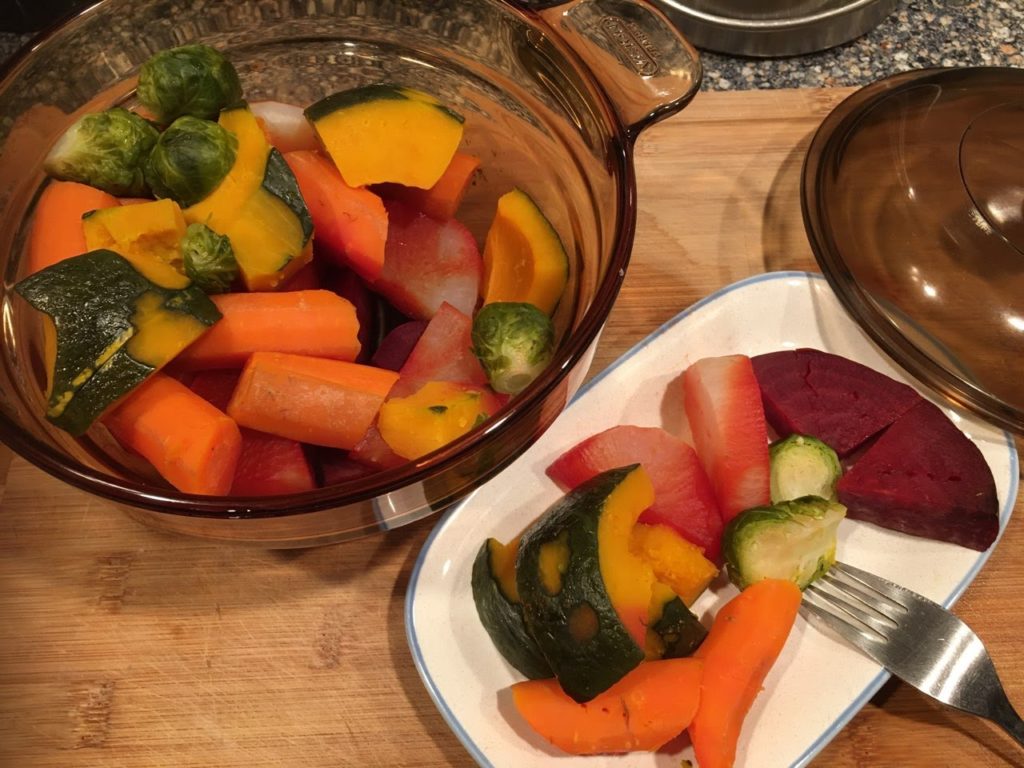
Tips on Nishime for Beauty and Nourishment
I usually use sea salt or the pink Himalayan salt for seasoning instead of miso or shoyu. This is to avoid tinting the vegetables.
Make sure the vegetables are cut into chunks of different shapes to give texture to the layers.
If you use lotus root, slice it about a quarter-inch thick, in full or half moons, to accentuate the distinctive patterns of the holes.
Be creative and choose different vegetables to add layers to the dish. You can substitute one vegetable with another, such as parsnips or fresh lotus root instead of daikon, or sweet potatoes instead of kabocha squash. Normally, I just use whatever vegetables I have in my refrigerator.
Healing Benefits
Vegetables layered and stewed this way produce a calming and balancing effect.
Nishime is nourishing, strengthening, and warming on cold winter days. Because it is usually cooked with root vegetables, nishime nourishes the stomach, spleen, and other internal organs below the waist.
Since nishime is cooked in very little water, the vegetables retain their flavor and nutrients.
Exploring A Fusion of Colors
For special occasions, like Thanksgiving, Christmas, Chinese New Year, or when I have guests over, I like to create a five-layer nishime dish with parsnips, yellow onion, carrots, beetroots, and celery.
The beets add a splash of magenta color to the dining table and enhance the festive occasion.
If you are going to use beets, be prepared that the other vegetables will be bathed in fuchsia. To avoid this, I usually place the beetroot at the very bottom of the pot.
A simple variation of nishime for beauty and nourishment is to create a 3-tier nishime with beetroot, cauliflower or white radish/daikon, and pieces of scallions on top. Place the beetroot as the first layer and the cauliflower atop the beets. Then add pieces of scallions or chopped lemon balm toward the last minute of the cooking. The green color will juxtapose with the strong pink to perk up the dish.
The beetroot sweetens the cauliflower or white radish, giving these vegetables a rather unique flavor.
(Nishime for beauty and nourishment was originally written and published in The Epoch Times.)
 Dr. Margaret TreyAuthor, Researcher & Wellness Advocate
Dr. Margaret TreyAuthor, Researcher & Wellness Advocate
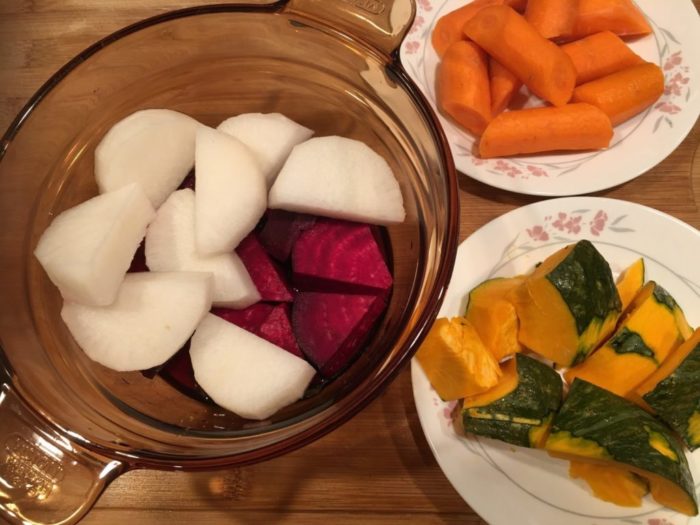

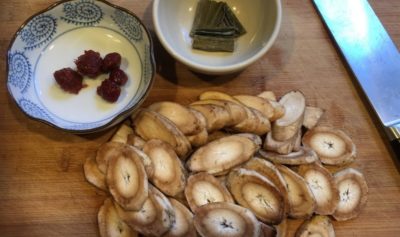
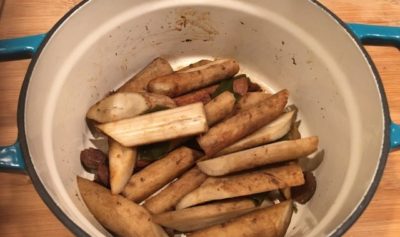
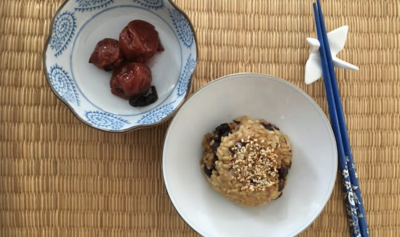
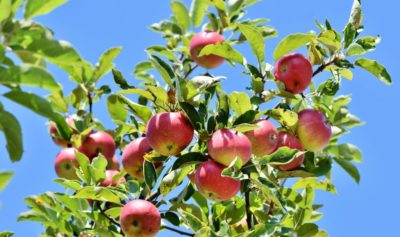

This recipe is so great (even with different combinations of vegetables, etc., it still worked out amazing). Thank you so much for nurturing us all with your wisdom and care. 🌿🌸🙏🌸🌿
Thank you, Sarah.